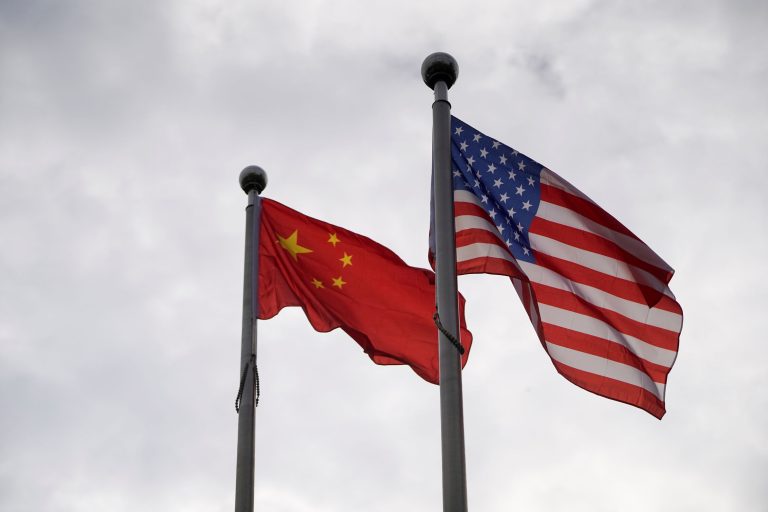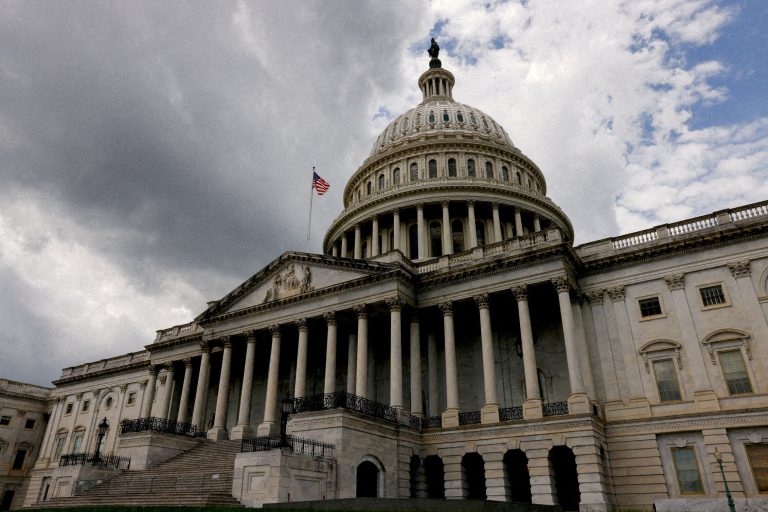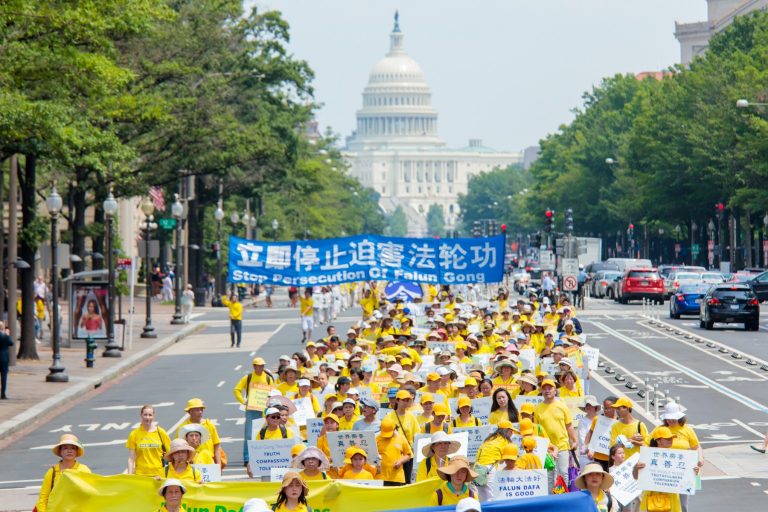The United States and China resumed semi-official nuclear arms talks in March for the first time in five years, with a focus on managing tensions over Taiwan.
According to two American delegates, Beijing’s representatives told U.S. counterparts that they would not resort to nuclear threats towards the island, which Communist China claims as part of its own territory.
The People’s Republic of China (PRC) representatives offered reassurances after their U.S. interlocutors raised concerns that the PRC might use, or threaten to use, nuclear weapons if it faced defeat in a conflict involving Taiwan.
- China Condemns Deployment of US Missiles in The Philippines
- US, China Discuss AI Risks During Meeting in Geneva
Scholar David Santoro, the U.S. organizer of the Track Two talks, said, “They told the U.S. side that they were absolutely convinced that they are able to prevail in a conventional fight over Taiwan without using nuclear weapons.”
Participants in Track Two talks are generally former officials and academics who can speak with authority on their government’s position, even if they are not directly involved with setting it.
Success
You are now signed up for our newsletter
Success
Check your email to complete sign up
Government-to-government negotiations are known as Track One.
Washington was represented by about half a dozen delegates, including former officials and scholars at the two-day discussions, which took place in a Shanghai hotel conference room.
Beijing sent a delegation of scholars and analysts, which included several former People’s Liberation Army (PLA) officers.
The informal discussions between the nuclear-armed powers took place with the U.S. and China at odds over major economic and geopolitical issues, with leaders in Washington and Beijing accusing each other of dealing in bad faith.
The two countries briefly resumed Track One talks over nuclear arms in November, but those negotiations have since stalled.
A top U.S. official publicly expressed frustration at the Chinese Communist Party’s (CCP) responsiveness.
The Pentagon said in October that “would also consider nuclear use to restore deterrence, if a conventional military defeat in Taiwan” threatened CCP rule.
Beijing has never renounced the use of force to bring Taiwan under its control.
Over the past four years it has stepped up military activity around the island, which is formally governed as the Republic of China (ROC).
The Track Two talks are part of a two-decade nuclear weapons and posture dialogue that stalled, after the Trump administration pulled funding in 2019.
After the COVID-19 pandemic, semi-official discussions resumed on broader security and energy issues, but only the Shanghai meeting dealt in detail with nuclear weapons and posture.
Santoro, who runs the Hawaii-based Pacific Forum think-tank, described “frustrations” on both sides during the latest discussions, but said the two delegations saw reason to continue talking. More discussions were being planned in 2025, he said.
Nuclear policy analyst William Alberque of the Henry Stimson Centre think-tank, who was not involved in the March discussions, said the Track Two negotiations were useful at a time of glacial U.S.-Chinese relations.
“It’s important to continue talking with China with absolutely no expectations,” he said, when nuclear arms are at issue.
The U.S. Department of Defense estimated that Beijing has 500 operational nuclear warheads and will probably field more than 1,000 by 2030. Meanwhile, the U.S. and Russia respectively deployed 1,770 and 1,710 operational warheads.
The Pentagon said that by 2030, much of Beijing’s weapons will likely be held at higher readiness levels.
Since 2020, China has also modernized its arsenal, starting production of its next-generation ballistic missile submarine, testing hypersonic glide vehicle warheads and conducting regular nuclear-armed sea patrols.
Reuters contributed to this report.







